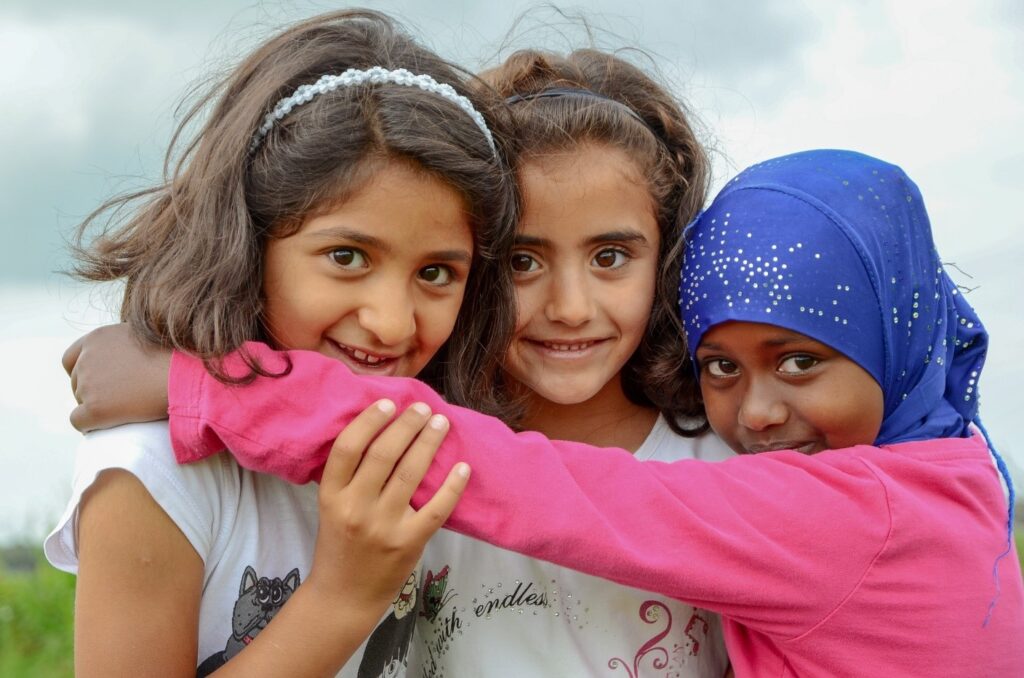There is a lot of misinformation floating around about refugees, which can be harmful to everybody. So, breaking apart the myths and learning the realities about refugees in Canada is important.
What is a refugee?
Simply put, a refugee is somebody who has crossed international boundaries to escape war, persecution, conflict and violence. A refugee can be of any age, gender, nationality, religion, and sexuality. Often, they are fleeing danger with only what they can carry, and leave behind homes, friends, family members, pets and jobs to get to safety. There are more than 26.4 million registered refugees worldwide, though more than 82.4 million people have fled their homes.
It is important to note that those fleeing from Ukraine are not considered refugees but rather displaced.
Though Turkey hosts the most refugees at 3.7 million, Canada has welcomed 1,088,015 refugees since 1980. According to the United Nations High Commissioner for Refugees (UNHCR), this included those recognized as refugees in Canada or resettled from overseas. In 2019, Canada welcomed 30,000 resettled refugees.
There are two ways a person can become a refugee in Canada.
- The In-Canada Asylum Program is for people making refugee claims from within the country.
- The Refugee and Humanitarian Resettlement Program is for those claiming from outside Canada.
Myth: Refugees refuse to work and are a financial drain on society.
Fact: According to the UNHCR, refugees have almost the same unemployment rate as Canadians. New refugees have an unemployment rate of 9 percent, while Canadian-born people have an unemployment rate of 6 percent. Refugees who have arrived before 1990 have an unemployment rate identical to Canadians. Many of them open small businesses that employ Canadians and other refugees; 14.4 percent of refugees who have been in Canada between 10 and 30 years are entrepreneurs, compared to 12.3 percent of people born in Canada.
Only government-assisted refugees can access the Resettlement Assistance Program (RAP), which supports their most basic needs for up to one year. They are expected to pay back travel costs, and any social assistance is on par with any other Canadian.
Myth: Refugees do not pay taxes.
Fact: Once settled and employed, refugees pay the same taxes as Canadian-born residents. According to the UNHCR, refugees pay more in income tax on average than they receive in public benefits and services over time. Many also can’t access all Canadian services due to their non-permanent status.
Myth: Refugees and immigrants are dangerous and pose a threat to Canada.
Fact: Most, if not all, refugees are escaping a violent environment. They all must undergo security screening by the Canadian Security Intelligence Service (CSIS). This includes refugee identification before referral to the government, immigration and security interview by visa officers, identity and document verification, a health screening, and identity confirmation before departure.
A study by Doctor Maria Jung looked at the data and concluded that increased immigration is associated with less crime. The study also mentioned that “in cities where the proportion of immigrants in the population grew, crime rates dropped; and in cities where the proportion of immigrants decreased, crime rates went up.”
Myth: Canada welcomes more refugees than most countries.
Fact: Per capita, Canada has one of the lowest refugee rates globally. Canada welcomes four refugees per 1,000 people. Jordan, Chad, Lebanon, Nauru, Turkey and South Sudan accept more than 20 refugees per 1,000. About 55 percent of refugees are in Asia, 31 percent are in Africa, and 3 percent are in Northern America. Canada accepts less than 1 percent of the world’s refugees.
Myth: Refugees jump the queue and prevent more deserving immigrants from entering the country.
Fact: The Government of Canada recognizes that refugees were forced to flee their homes while immigrants have chosen to move to the country. So there is a completely separate set of entry programs for them. There are often longer wait times for refugees than for immigrants.




